The most successful organizations use MEDDIC to accurately forecast and ensure top performance. Keep reading to find out why.
Before
With no visibility on why you win or lose opportunities, you can't predict success.
- Without a concrete methodology, you can’t measure where things are going right (or wrong!)
- Guesswork about the underlying reasons for a deal’s outcome wastes time and resources
- Success is hard to replicate, and mistakes are hard to avoid
- Not being sure on the necessary next steps lead to dreaded “Just checking in!” messages
After
With a common language, you're aligned on how success is measured.
- More accurate and efficient communication leads to better forecasting
- Clarity on success criteria helps sellers better qualify deals, saving time and resources
- Visible and cohesive processes mean the next step is always clear
- Leaders can make effective and strategic decisions due to reliable data



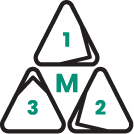

.png)





.png)





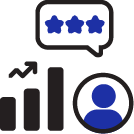



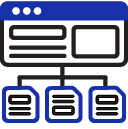














%201.png)









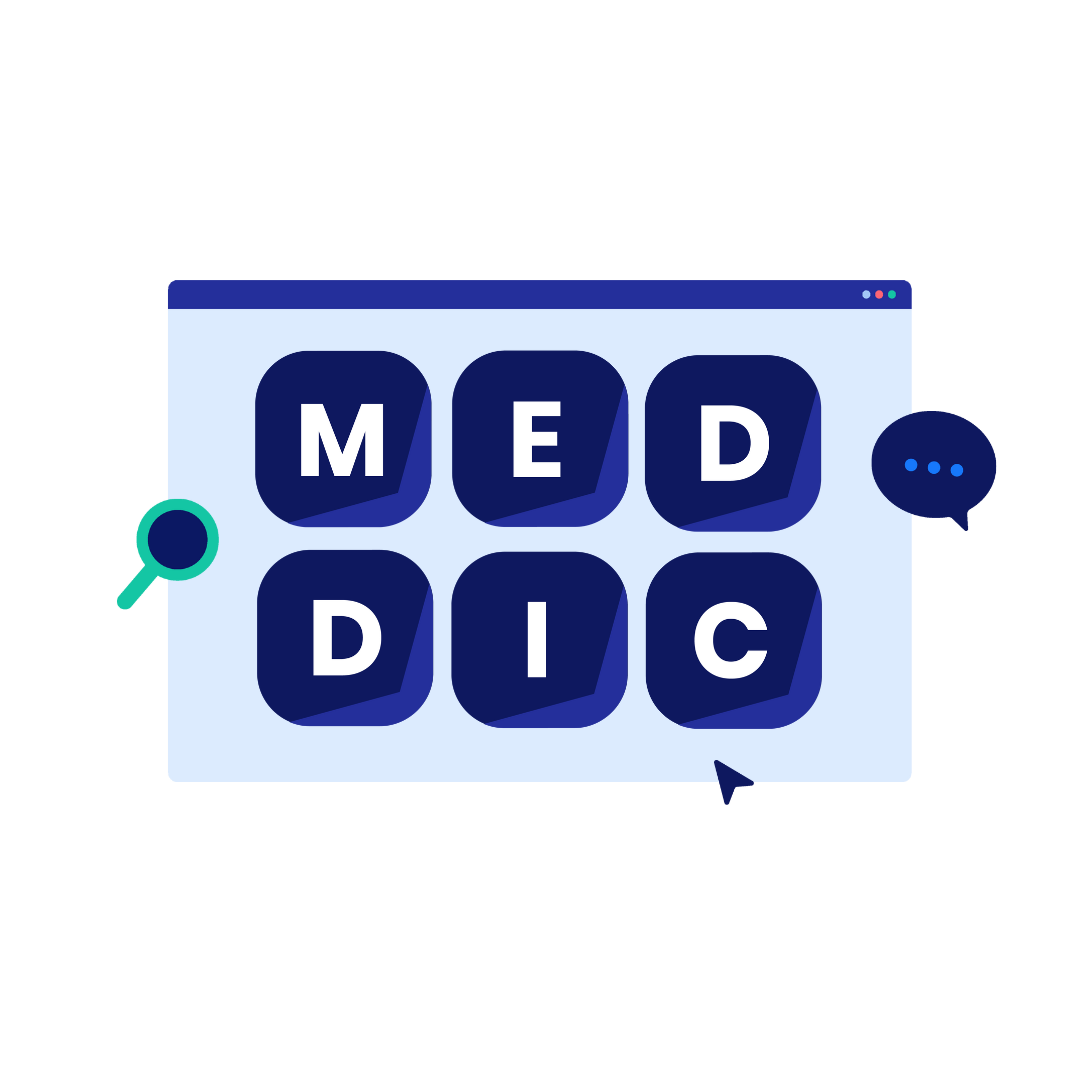







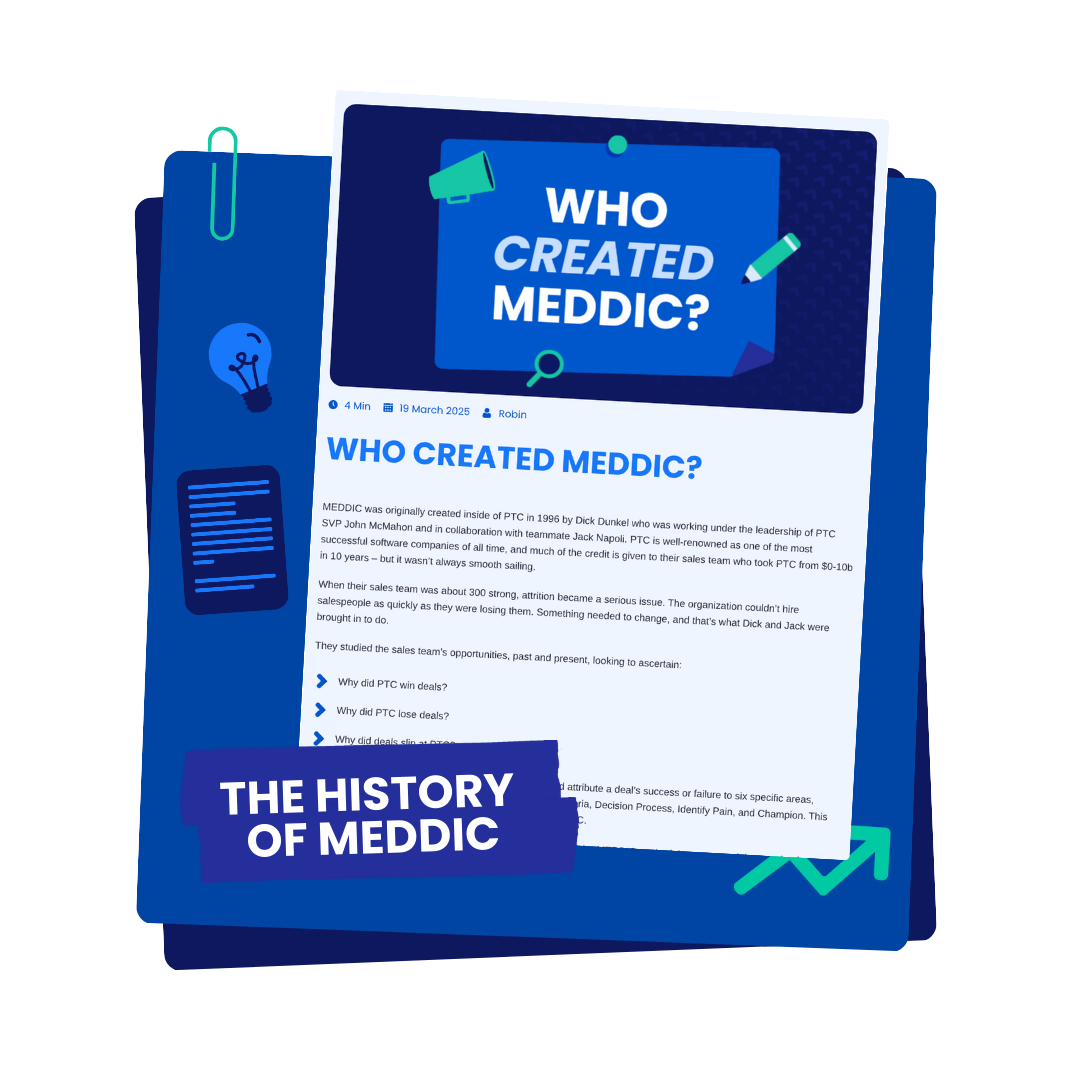

.png?width=932&height=530&name=image_(17).png)

